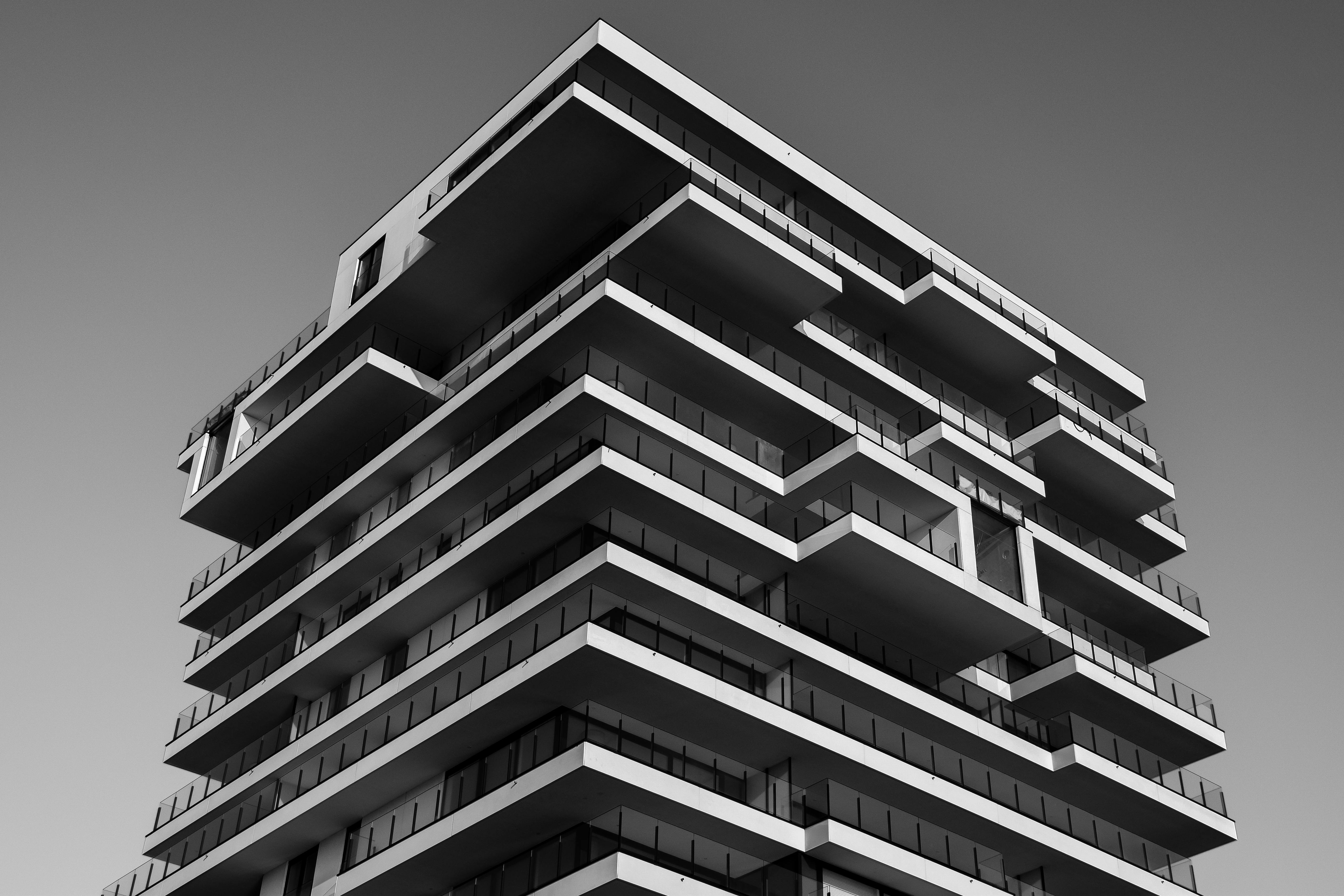Black residents came to Harlem after 1905, as part of the Great Migration that saw blacks flood northern cities like Chicago and Detroit. The Harlem Renaissance took place in the 1930s, and it was probably one of the most important cornerstones in the history of African American art. The iconic Apollo opened during that period, a venue for almost exclusively African-American artists. And although the black population in Harlem peaked in the 1950s, Latino residents have joined with African Americans to continue the African / Caribbean culture in the community.
If any place in New York City was black, it was Harlem. And now some wonder how long before Harlem stops being black.
Since New York City’s economic resurgence in the late 1980s, gentrification has become a more commonly heard phrase, becoming a topic of heated debate in the city’s previously “canceled” neighborhoods.
Williamsburg, Crown Heights, even Bed-Stuy, and of course Harlem have experienced gentrification.
Last month, a townhouse in Harlem sold for $ 4 million.
In this economic environment, some are understandably wondering if Black people can afford to stay in a neighborhood where they were historically (and ironically) on the red list. We investigated and the answer is surprising.
First, some basic. In 2008, 153,000 blacks lived in Harlem according to the NY Times, but 2010 census estimates could put that number as low as 100,000 or around 40% of the neighborhood’s population. Blacks are the largest single race in any Harlem neighborhood, at least twice the size of the second largest race.
According to Zillow, the median household income in Harlem is $ 21,466, or $ 10,733 per individual adult. This places the average Harlem resident below the New York City poverty line (but notably above the federal poverty line).
Now the scary part; A studio apartment in Harlem rents for $ 1,350 per month, on average, according to Zillow. But, the average home in Harlem is at least 2 people, closer to 3, so it’s more realistic to consider renting a 2-bedroom apartment, which costs $ 2,100 per month, on average.
Under the above assumptions, the average Harlem individual would have to spend 151% of their income on rent to live alone. Roommates sharing a 2-bedroom apartment or parents who want a different room than their children’s would have to spend 117% of their income on rent.
Most landlords do not consider rent above 25% of income “affordable,” according to CBS. For a household to be able to afford to live in Harlem, it would need to earn at least $ 100,800 a year.
Yes, at current market prices, living in Harlem is unaffordable for the average Harlem resident. The way people stay in the neighborhood is explained by affordable housing and income supplements. At least 41% of Harlem residents are receiving some form of income supplement, and Harlem may be home to the majority of NYCHA properties.
But it doesn’t end there. Who could afford to live in Harlem?
Nationally, black households earn about $ 40,000 on average. The average African-American household would have to spend 63% of its rent to live in Harlem.
However, the national median income does not give us a good idea of how much black people earn in or near Harlem. Considering the difference between the national median income of black households and the median household income of the majority black in Harlem, it is safe to assume that the average black household in Harlem earns about $ 30,000 a year. With that in mind, the average Black Harlem household, probably not receiving an income supplement at this time either, would need to spend 84% of their income on rent to live in Harlem.
Don’t even think about how that leaves about 16% of income ideally for buying food, entertainment, and saving.
The data above makes it clear that the average African-American household could hardly afford to live in Harlem, and couldn’t do much more than live, either. Worse still, the average black household in Harlem cannot afford to live there without income supplements, and even then they cannot afford to participate in the neighborhood economy or invest in wealth creation.
Red Rooster in Harlem, New York
With blacks out there, there is legitimate reason to fear that Harlem will not remain black, especially without public and affordable housing nearby. So who can afford to live in Harlem, who is moving into the neighborhood?
The decline of white residents in Harlem stopped in the 1980s, according to the NY Times. But, since 2000, the number of white residents has steadily increased. Can they, or anyone, afford to live in Harlem?
The average American household would have to spend 47% of its income on rent if it lived in Harlem, 16 percentage points less than what African Americans would need to spend. The average New York City household, with lower incomes than the average American due to the diversity of the city, would need to spend 49% of their income, 35 points less than what we estimate the average black Harlem resident would need. spend. Both the average American and the average New Yorker could live in Harlem and generate sustainable wealth faster than blacks nationally or locally.
All of this means that, although not for certain, life in Harlem seems virtually unsustainable for black residents, and will likely become more so over time. While life seems barely affordable now for those who replace Harlem’s original residents, if the cost of living does not begin to decline, the market will naturally bring in higher-income residents and continue to displace lower-income residents until income average annual family reaches $ 80k. to $ 90k.
Harlem may still be black may no longer be the important question, even more important: Can Harlem be affordable again?
